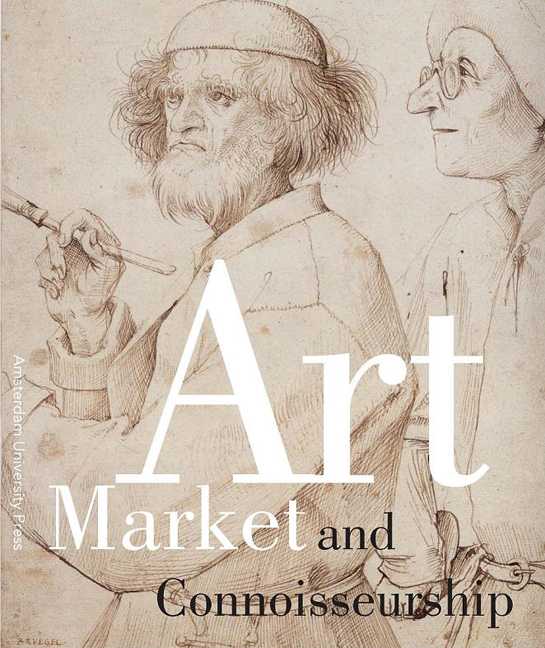 Art Market and Connoisseurship
Art Market and Connoisseurship Published online by Cambridge University Press: 15 January 2021
Introduction
The question of whether seventeenth-century painters and connoisseurs had a different understanding of authenticity than we do today, has been the cause of much debate. Several scholars have even wondered if present-day connoisseurship is anachronistic in its efforts to distinguish the hand of a seventeenth-century master from those of his assistants and pupils. For was it not common for a seventeenth-century master to collaborate with his assistants and to sell the various studio products under his own name?
Nowadays connoisseurs tend to differentiate sharply between what is believed to be purely autograph work with paintings done in part or entirely by assistants, which can make for a price difference of several millions of dollars. Yet, among scholars there is no consensus as to whether such a distinction agrees with seventeenth-century categories of thought.
Seventeenth-century connoisseurs were certainly interested in attaching names to paintings. In fact, attributing pictures seems to have been an entertaining pastime among the upper echelons of society in Europe. For example, the British King James I reputedly removed the labels from his paintings to see if his courtiers could guess the artists. A letter sent from Paris by the Dutch scientist and art lover Christiaan Huygens to his brother Constantijn in The Hague shows that these rather playful attribution debates were not an exclusively British phenomenon. After visiting the Flemish dealer Valcourt with a group of Parisian connoisseurs, Christiaan wrote to his brother on 1 June 1668:
‘You would have had unparalleled pleasure to see [the collector-connoisseur] Jabach determine the authenticity of those [Valcourt’s] pieces with a magisterial complacency; only to conclude in the end that out of 300 drawings that were given to Raphael there were but two originals. I would give a good thing to see him censure yours and that you were [listening in from] behind the tapestry. When we were at his place, there was also no shortage of ‘controllers’, of which I was one of the minor figures, who challenged the attribution of what he [Jabach] believed to be true Giulio Romanos and Raphaels, which drove him into a rage that made us all laugh, so much so that there would be hardly any comedy that would equal such a conference’.
To save this book to your Kindle, first ensure no-reply@cambridge.org is added to your Approved Personal Document E-mail List under your Personal Document Settings on the Manage Your Content and Devices page of your Amazon account. Then enter the ‘name’ part of your Kindle email address below. Find out more about saving to your Kindle.
Note you can select to save to either the @free.kindle.com or @kindle.com variations. ‘@free.kindle.com’ emails are free but can only be saved to your device when it is connected to wi-fi. ‘@kindle.com’ emails can be delivered even when you are not connected to wi-fi, but note that service fees apply.
Find out more about the Kindle Personal Document Service.
To save content items to your account, please confirm that you agree to abide by our usage policies. If this is the first time you use this feature, you will be asked to authorise Cambridge Core to connect with your account. Find out more about saving content to Dropbox.
To save content items to your account, please confirm that you agree to abide by our usage policies. If this is the first time you use this feature, you will be asked to authorise Cambridge Core to connect with your account. Find out more about saving content to Google Drive.